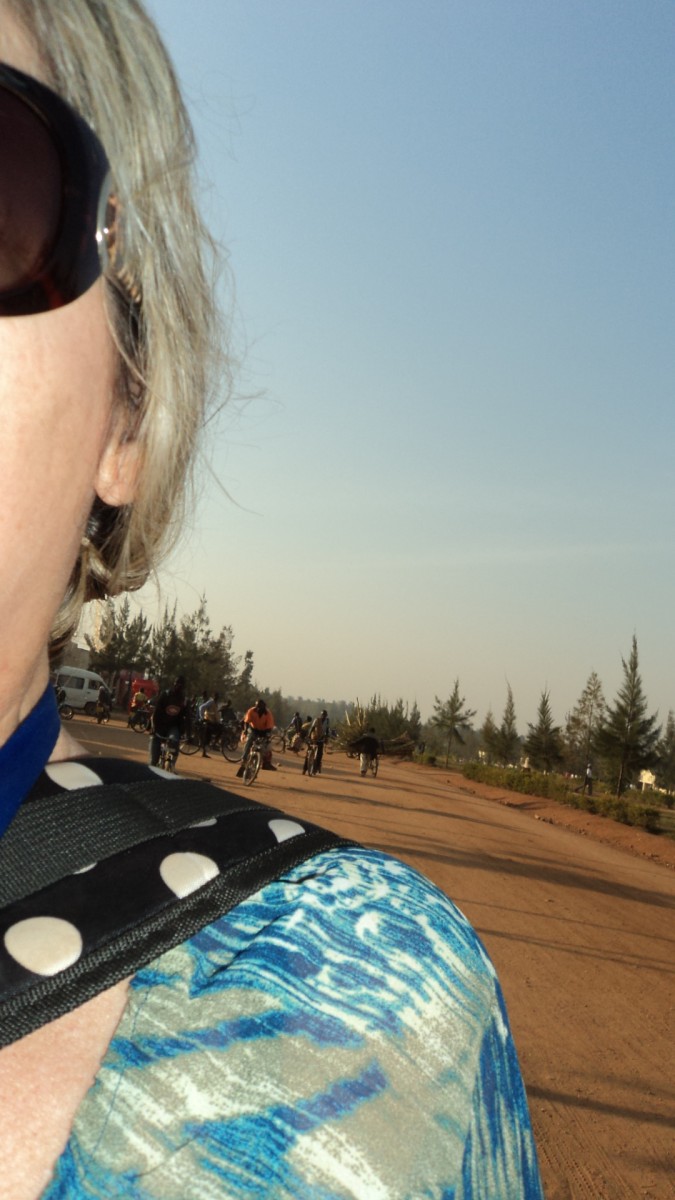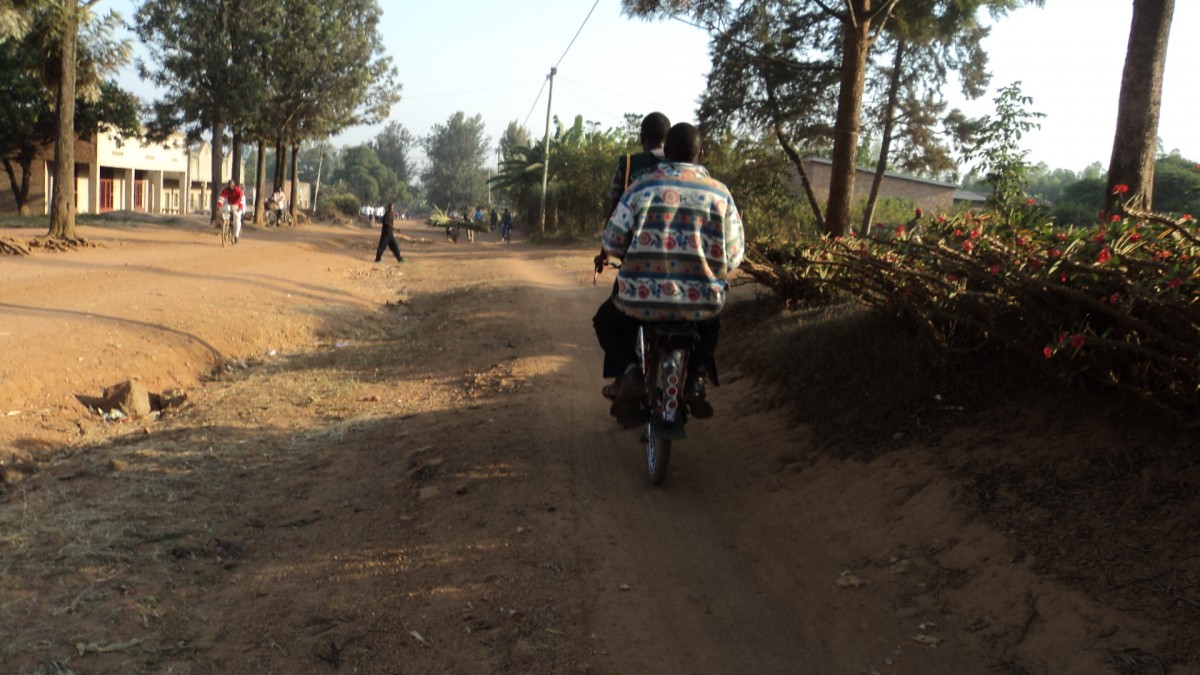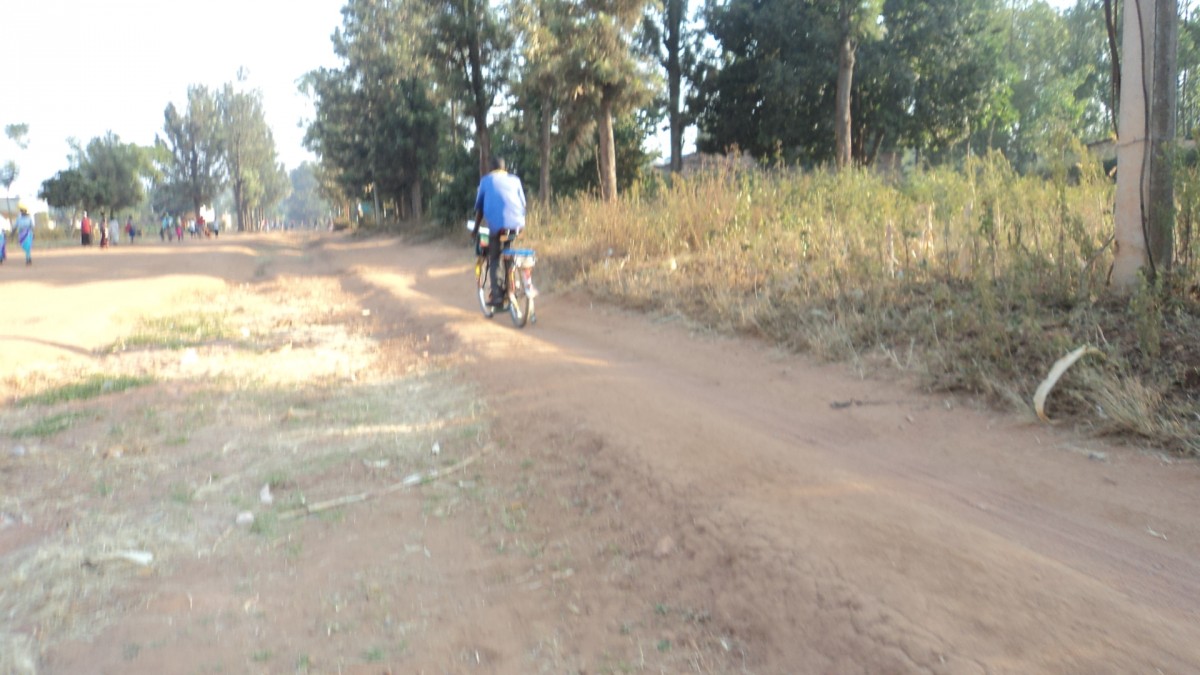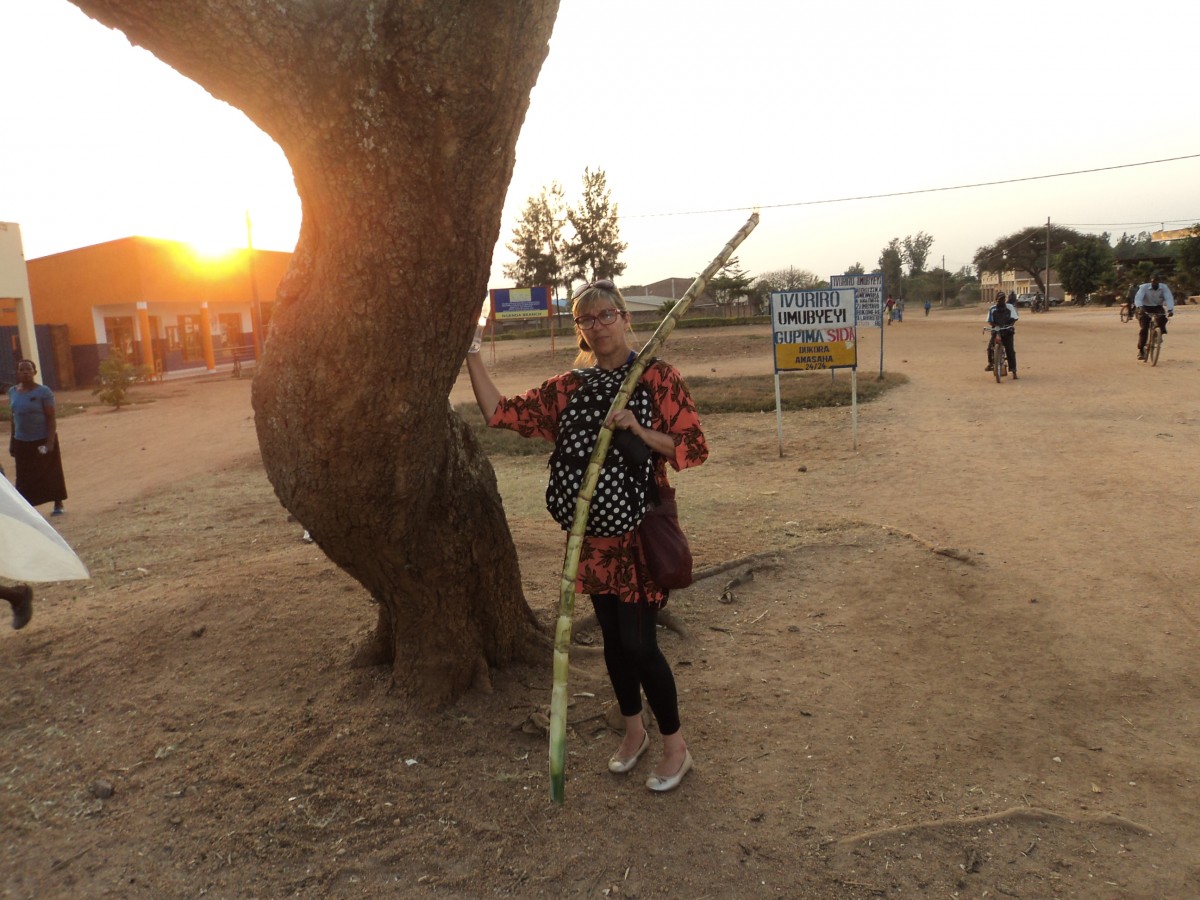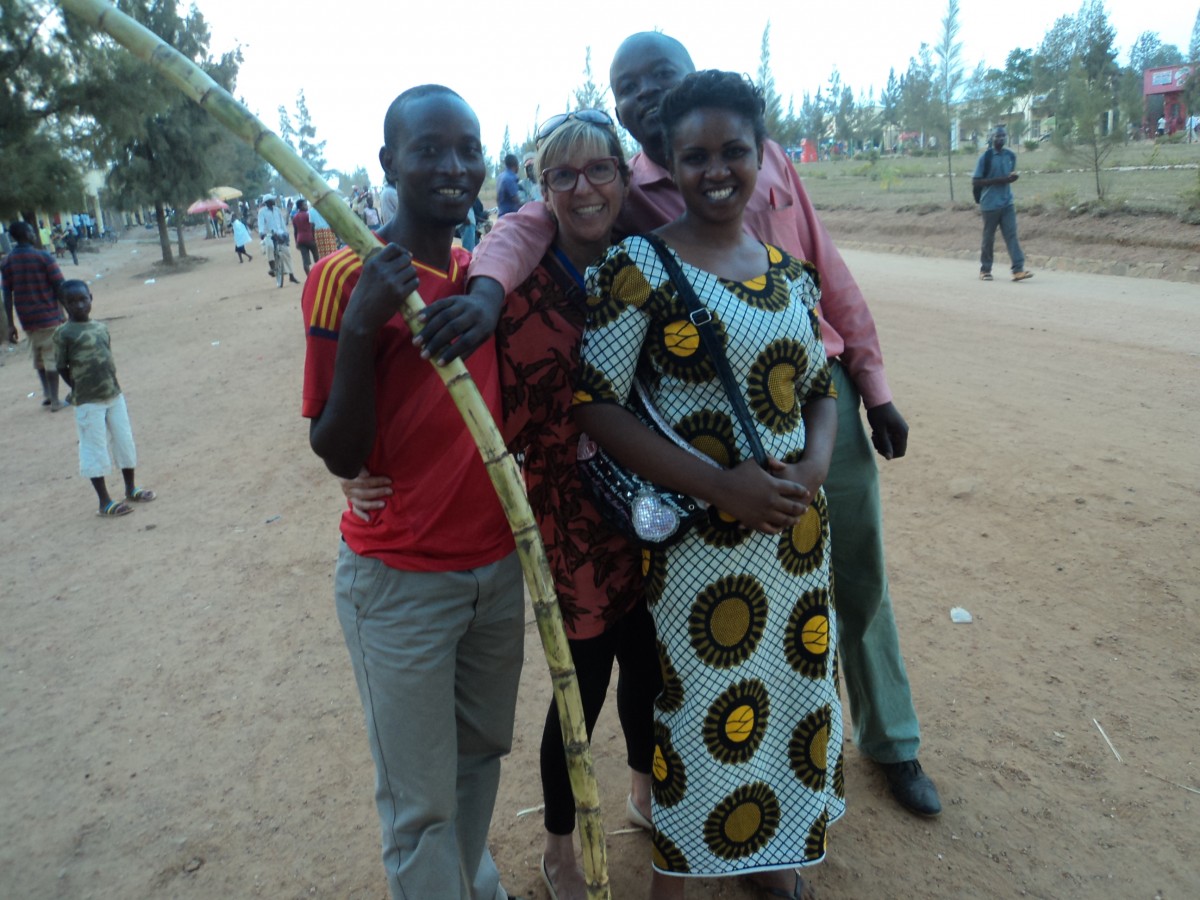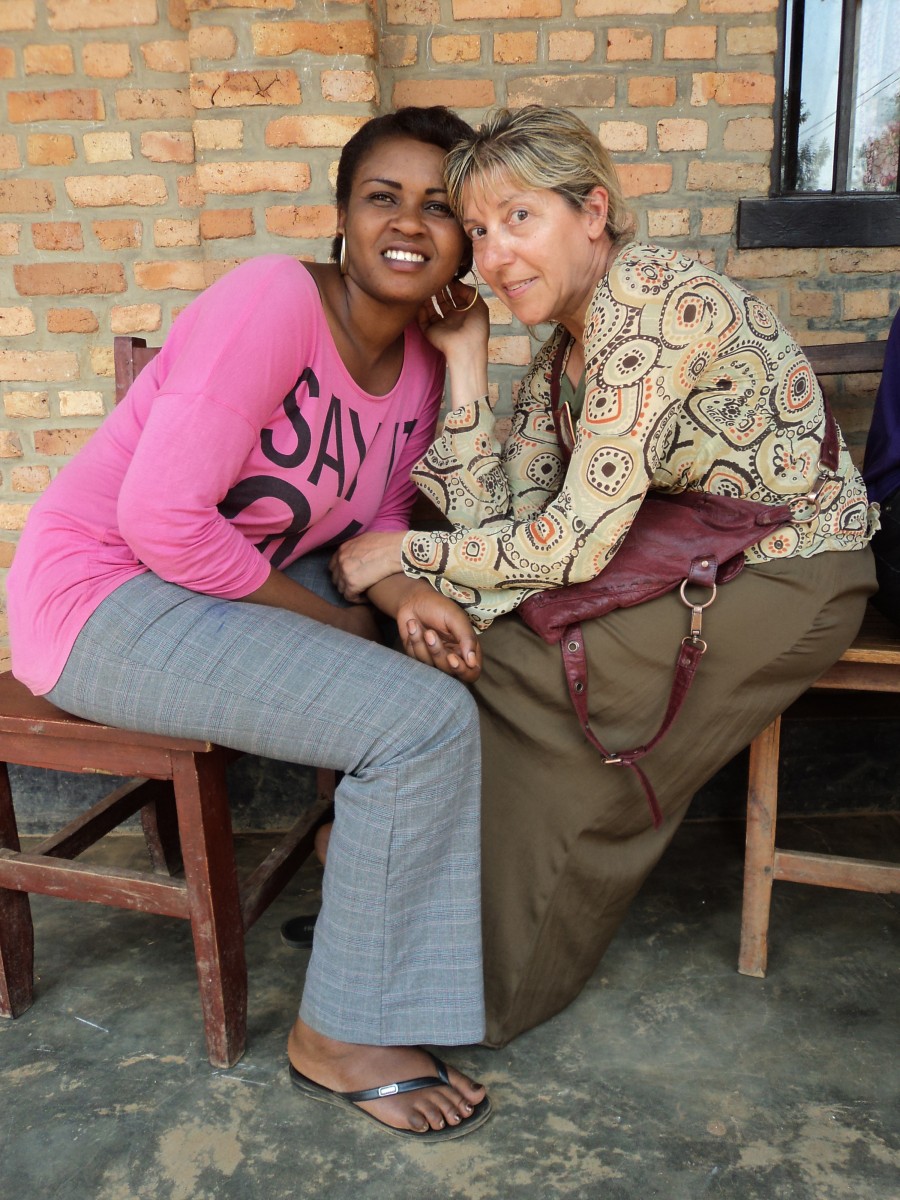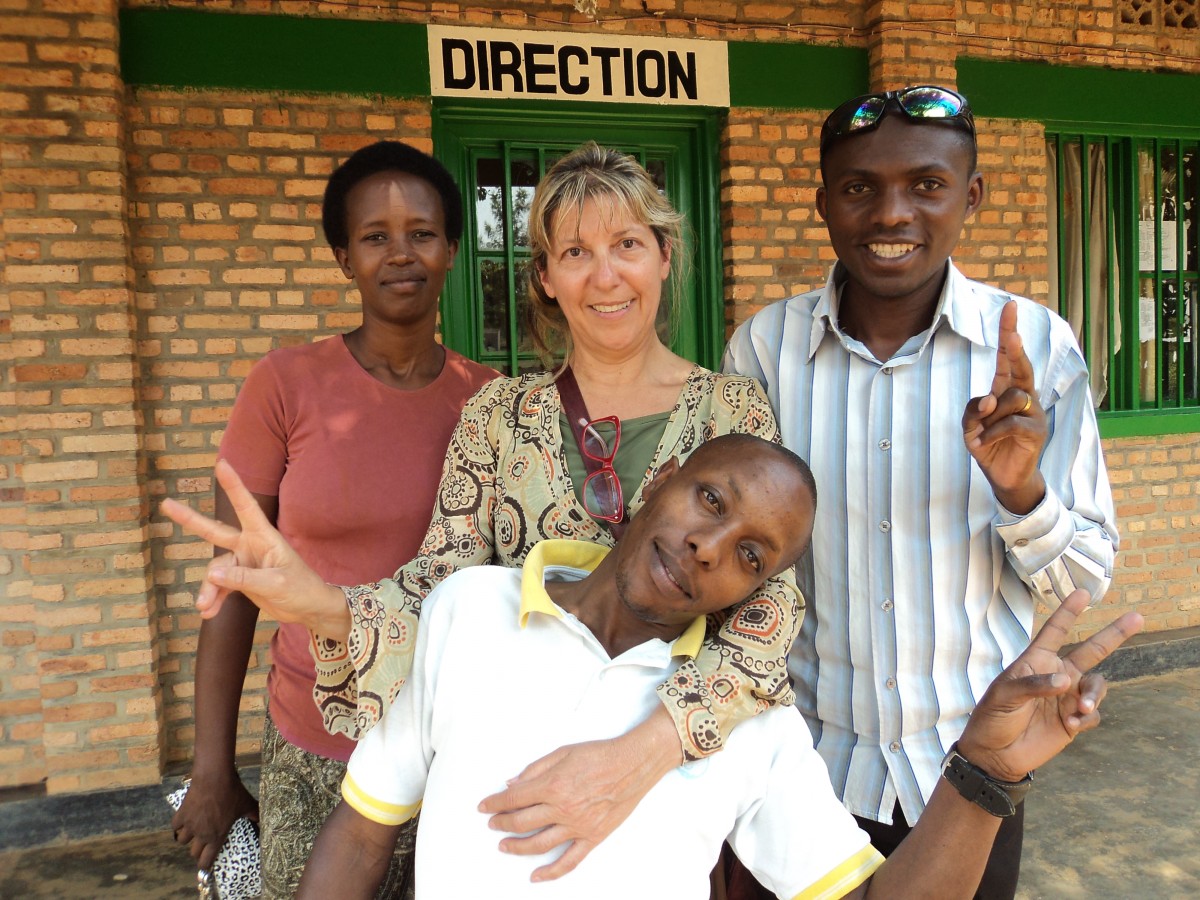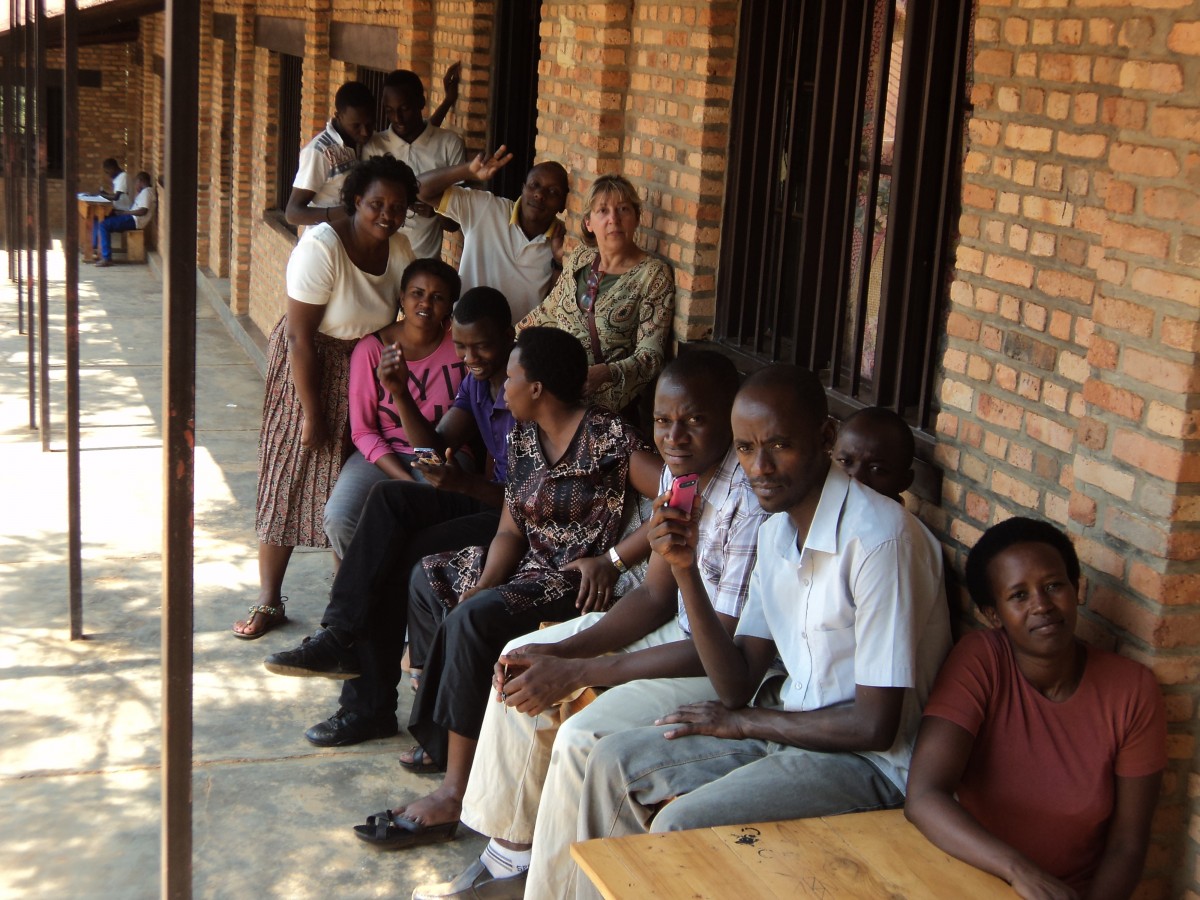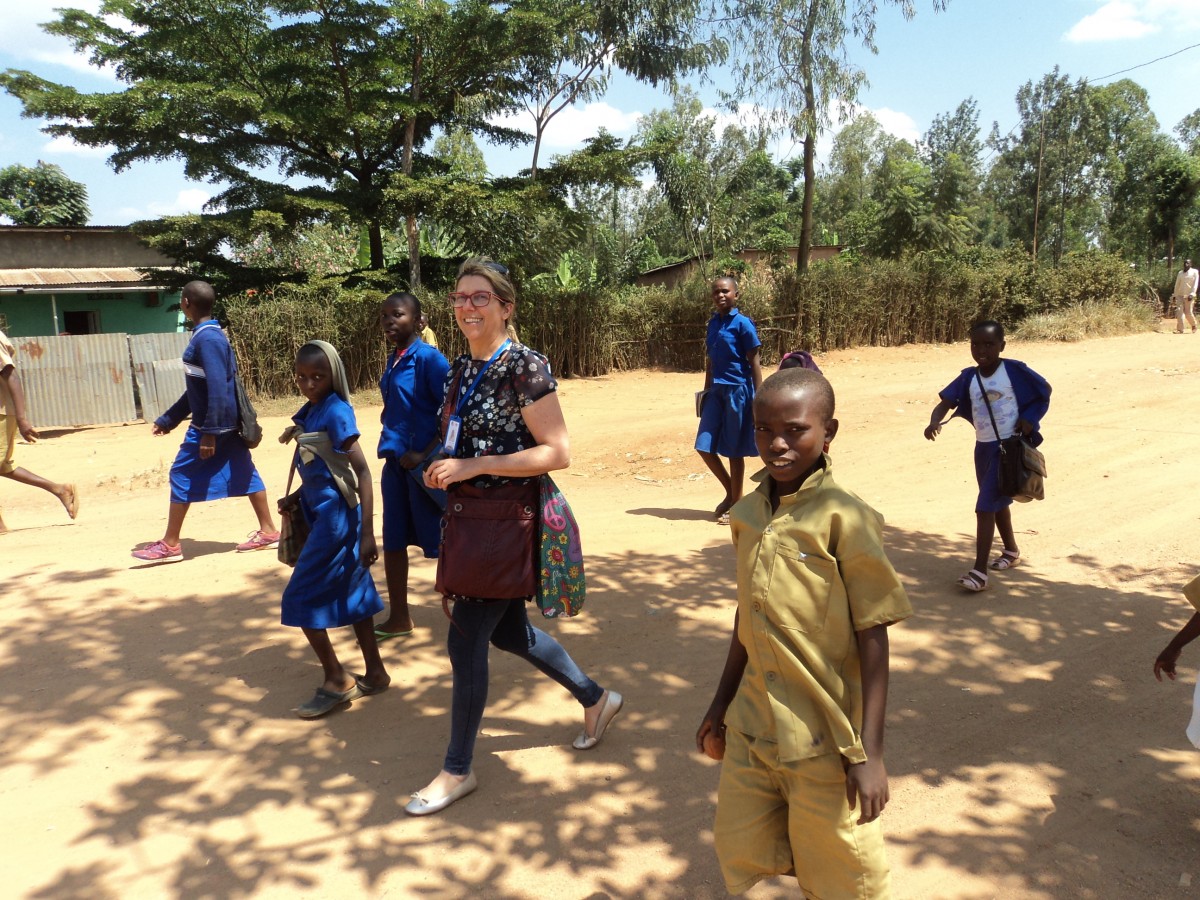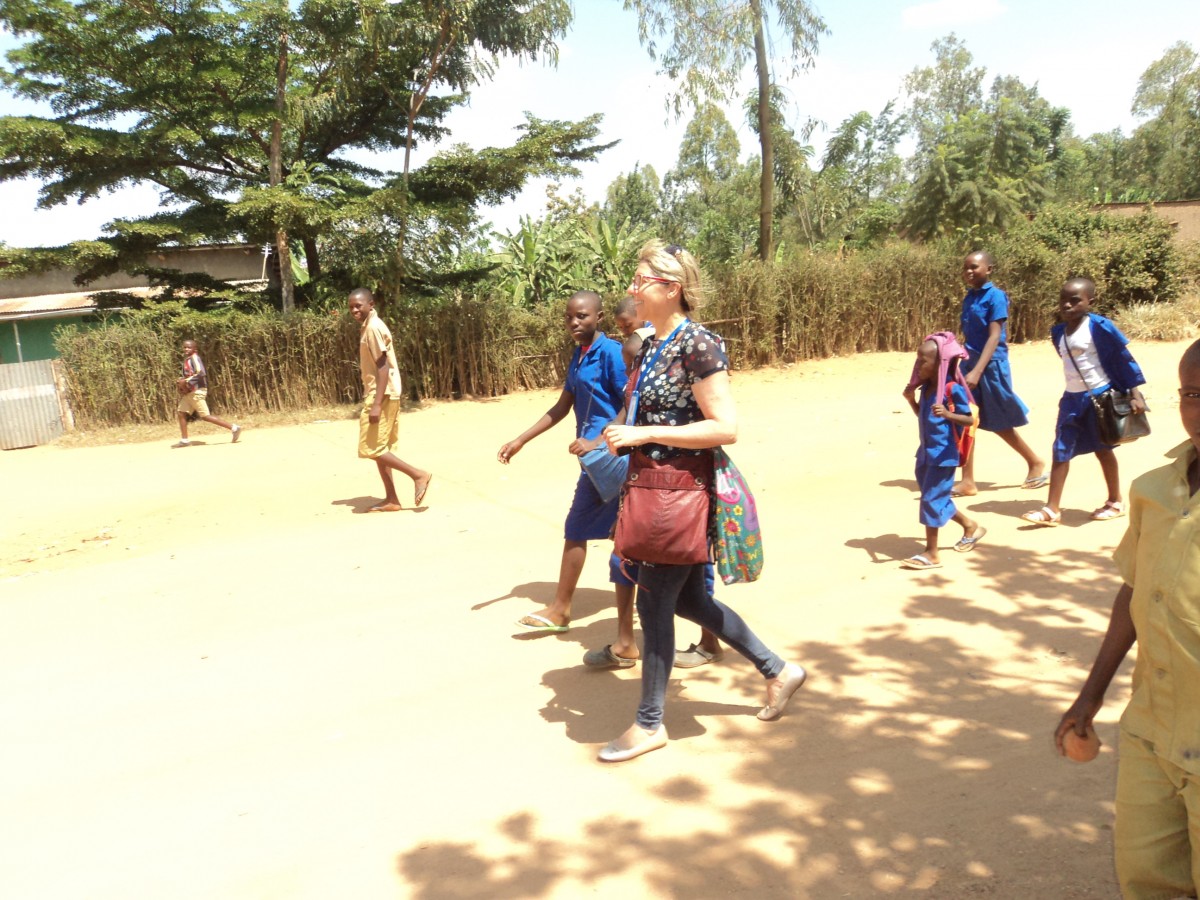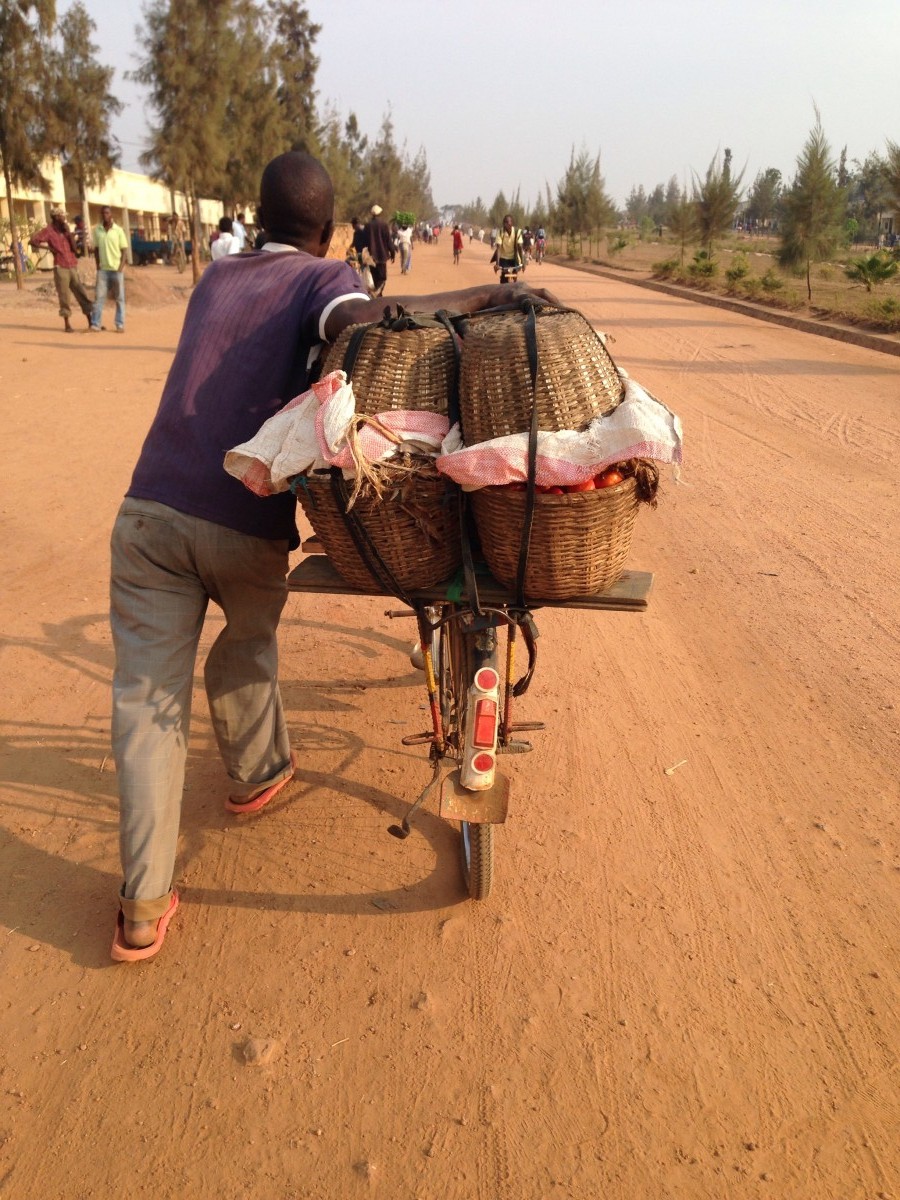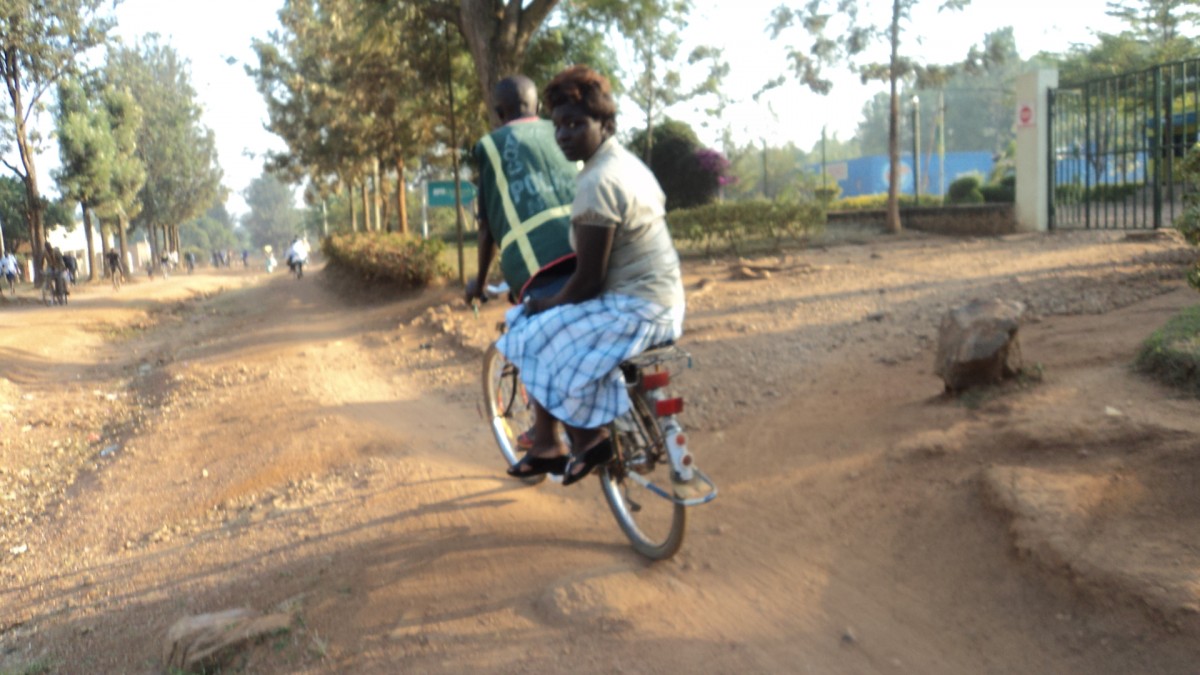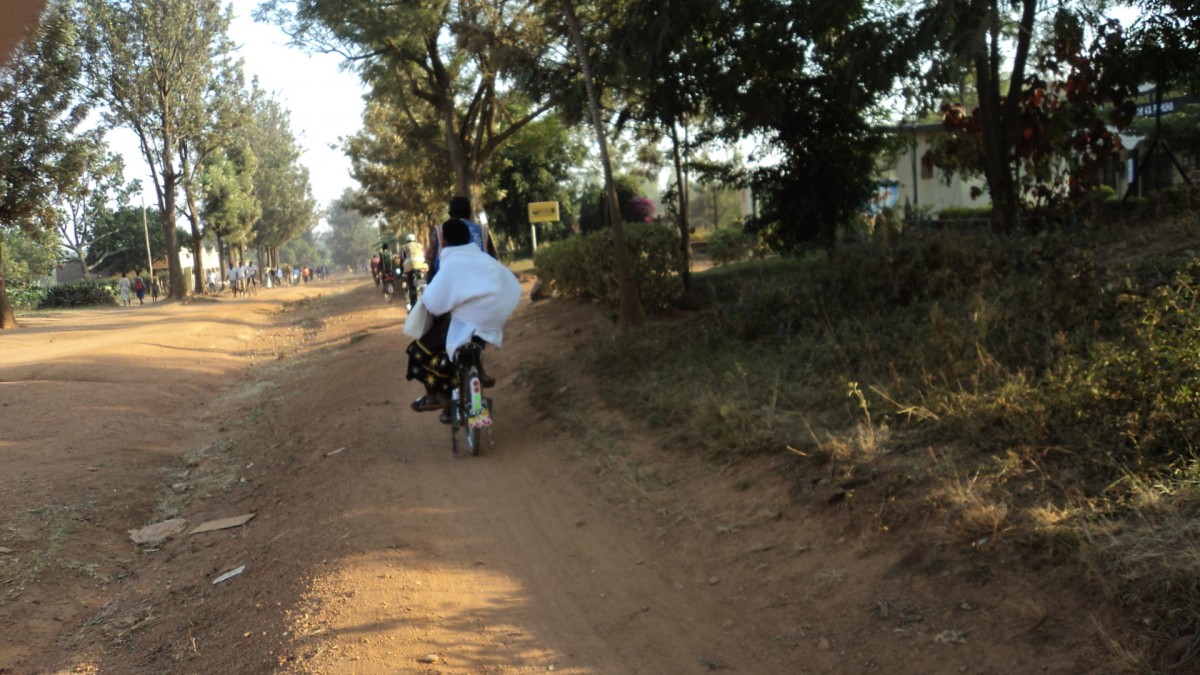I am not sure how much money you need per day to live in Rwanda. But while in the country I wanted to have my own experience of how it is to be a Rwandan. So, I would like to share the cost of a few things. Currently £1 is about RWF 1104.00.
 -Moto taxi price in Kigali can be very challenging for a Muzungu (a white person). Prices can vary between RWF 300 and RWF 1000. Don’t forget to negotiate and agree the price of the ride in advance. RWF 300 each way is a fair price.
-Moto taxi price in Kigali can be very challenging for a Muzungu (a white person). Prices can vary between RWF 300 and RWF 1000. Don’t forget to negotiate and agree the price of the ride in advance. RWF 300 each way is a fair price.
-A two-litre-bottle of water is between RWF 400 and RWF 1000. It is a good deal to know your area and local people.
-A samosa. It is delicious! It tastes like “Brazilian pastel” – RWF 150.
-Yogurt – RWF 400
-A toilet paper – RWF 200
-Bread (sliced) – RWF 100
-I love nibbles like peanuts (roasted and salted) – RWF 600 for a small container.
-Fruit – 4 bananas – RWF 100 and 2 avocados – RWF 100
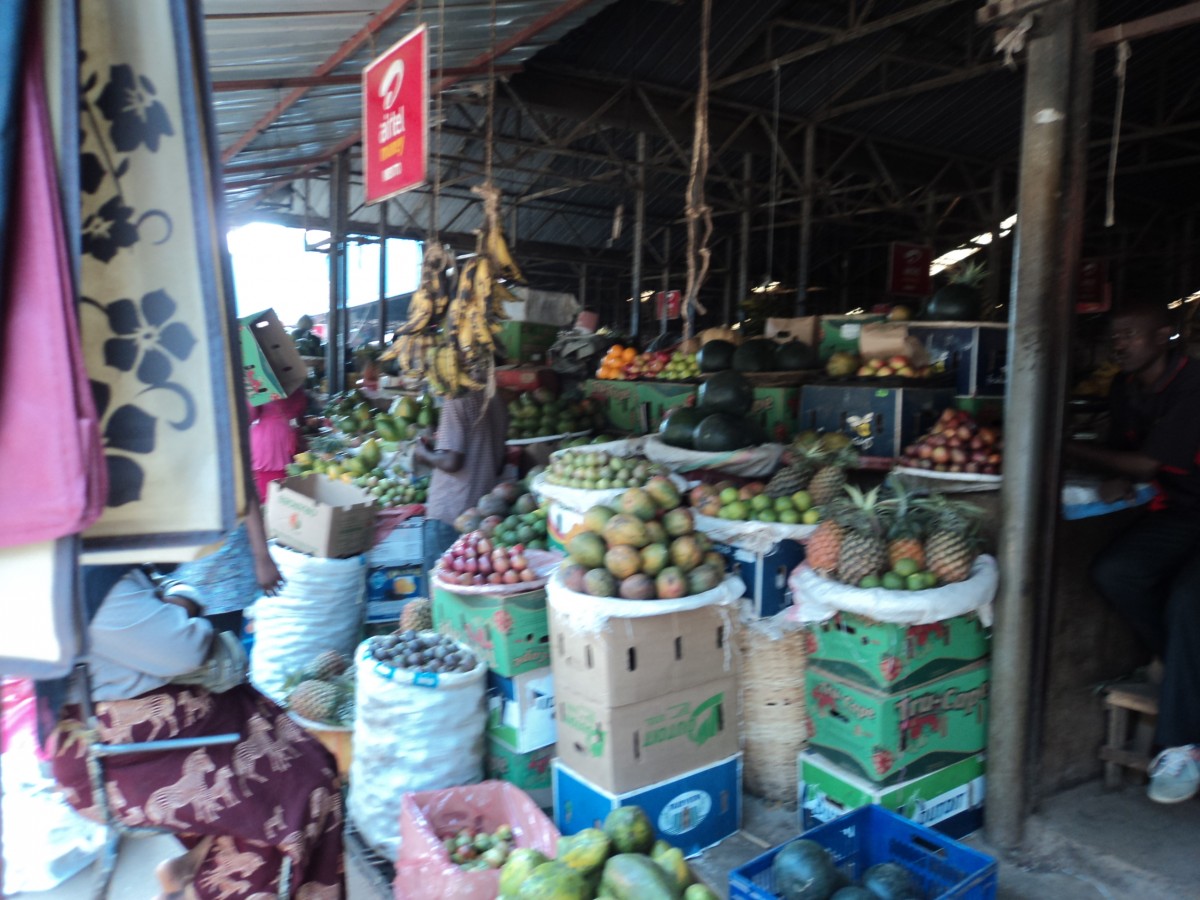 -Dinner out – RWF 3.500
-Dinner out – RWF 3.500
-Self service lunch – RWF 1000
-A pack of popcorn in the bus station – RWF 100. The smell of popcorn usually drives me crazy. I love it! It is free! 🙂
-Bus ticket from Kigali (Kimirongo) to Ruhuha – RWF 1.300
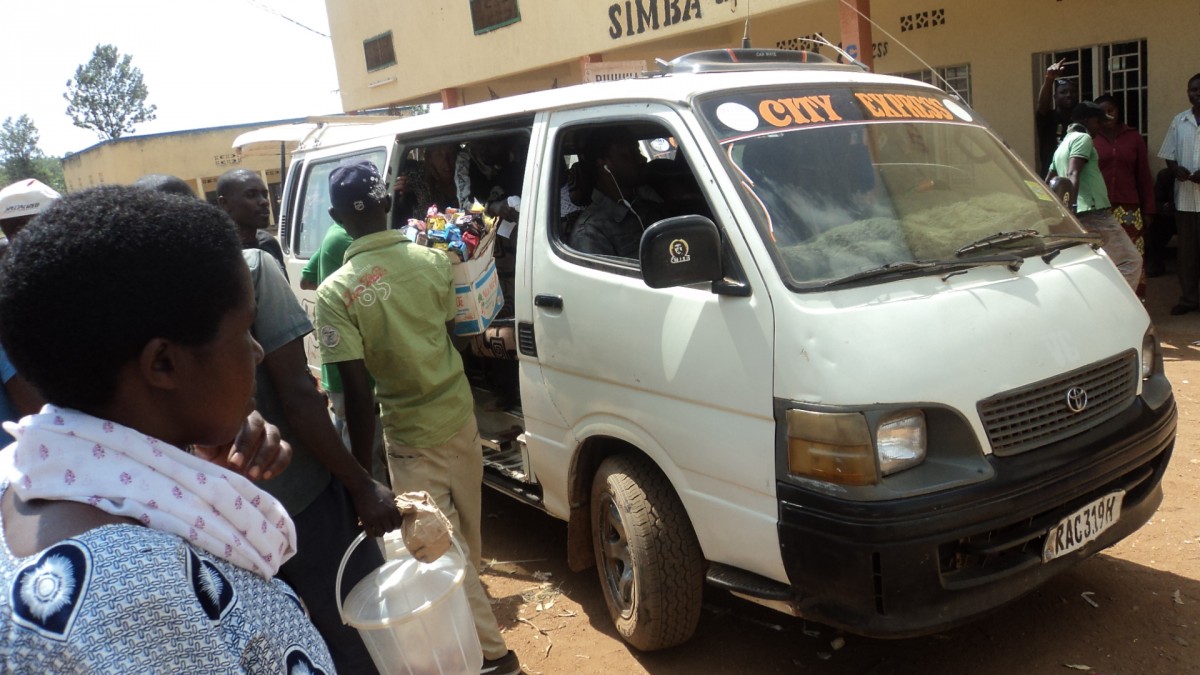 -Bus ticket in Kigali from Remera to Kimirongo – RWF 200
-Bus ticket in Kigali from Remera to Kimirongo – RWF 200

-Bus ticket from Kigali (Remera) to Rwamagana RWF 1.050

The prices are displayed on the bus. I hope the information is helpful!
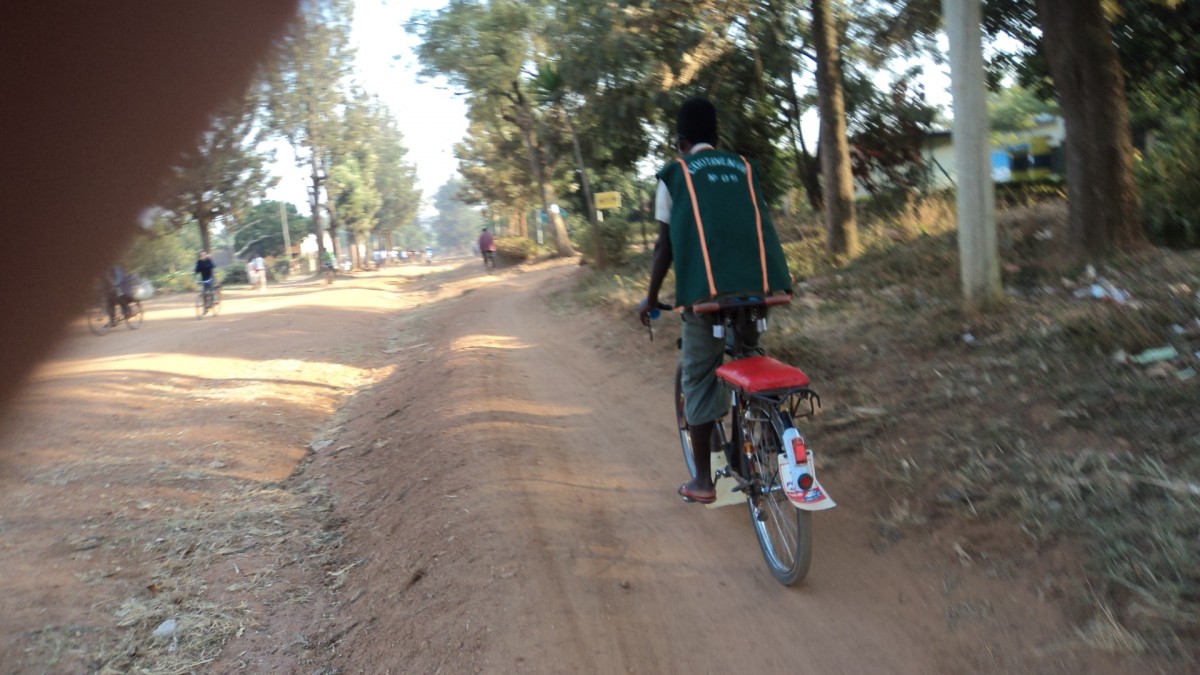 Step 6 – the clues can be funny (it starts with the letter b)
Step 6 – the clues can be funny (it starts with the letter b)
